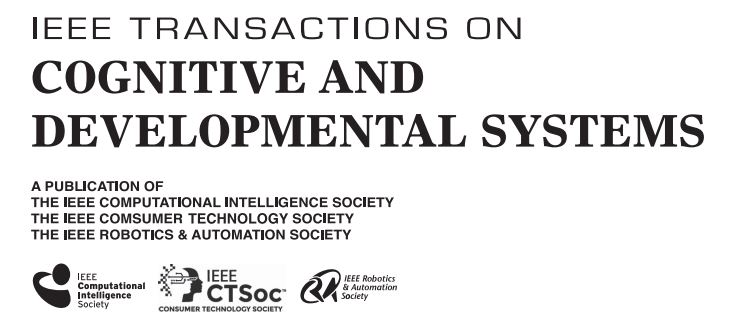Joining Lynx
01 Feb 2024

Very happy to be joining Lynx Asset Management as a quantitative researcher.

Very happy to be joining Lynx Asset Management as a quantitative researcher.
While there exists reading material for the shorthand system devised by Hugh L. Callendar, known as Orthic shorthand, much of it is quite dated. My latest project aims to bring a fresh perspective to Orthic shorthand practice by allowing users to transcribe and practice with more contemporary and personally interesting materials. Whether it’s the latest news articles, modern literature, or even daily correspondence, this tool opens up new avenues for both learning and enjoying this efficient shorthand system.

After three years with SEB, today I handed in my laptop, phone, and access card. I’m very grateful for having had the opportunity to work with and learn from so many talented individuals there. In particular, working with fantastic colleagues in Group Data Analytics and SEBx has been extremely rewarding.

I’m happy to share my latest project, arXamination, a handy tool to assist in
the review of academic papers. Using large language models
(LLMs), it helps in
quickly identifying key insights and gauging the relevance of research papers.
Initially tailored for arXiv pre-prints, arXamination now also processes
documents from any URL or local PDF, offering greater flexibility. Whether
you’re skimming through research for a literature review or in-depth study,
arXamination is designed to make your reading process more efficient. Check out
how it can streamline your academic reading workflow.
Link: arXamination on GitHub

In exactly two weeks – on the 23rd of November – my collaborator Inês Lourenço will defend her PhD thesis Learning from Interactions: Forward and Inverse Decision-Making for Autonomous Dynamical Systems!
In the thesis, she explores decision-making in autonomous agents, focusing on how they learn and adapt through interactions with their environment and each other. The research spans four key areas, including private belief modeling and human-robot interactions, offering practical insights for developing smarter, more responsive autonomous systems.
Check the KTH Calendar for a Zoom link in order to attend (remotely) – you don’t want to miss this!

Our latest article A Biologically-Inspired Computational Model of Time Perception has been accepted for publication in the IEEE Transactions on Cognitive and Developmental Systems. TCDS focuses on advances in the study of development and cognition in natural (humans, animals) and artificial (robots, agents) systems.
In this work, we study how humans and animals perceive the passage of time. Time perception forms the basis for important cognitive skills such as decision-making, planning, and communication. We propose a framework and model neural time perception as a combination of two known timing sources: internal neuronal mechanisms and external (environmental) stimuli, and design a decision-making framework to replicate them. Overall, our work shows promising results when it comes to drawing conclusions regarding some of the characteristics present in biological timing mechanisms.
The paper is a joint work between Inês Lourenço, me, Rodrigo Ventura and Bo Wahlberg.

My collaborator Inês Lourenço has successfully defended her licentiate thesis Forward and Inverse Decision-Making in Adversarial, Cooperative, and Biologically-Inspired Dynamical Systems with Assist. Prof. Karinne Ramírez-Amaro acting as opponent – congratulations, Inês!
Have a look at her thesis for a very interesting read on the mechanisms that generate certain behaviors (the forward problem), together with practical techniques for estimating model characteristics of those mechanisms based on observed decisions (the inverse problem).

I’m happy to announce that our paper Cooperative System Identification via Correctional Learning has been accepted for presentation at the 19th IFAC Symposium System Identification (SYSID’21), which will take place July 13-16.
The paper is a joint work between Inês Lourenço, me, Cristian Rojas and Bo Wahlberg. A brief summary is available here.

I’m joining SEB Analytics – very excited to become part of their strong team of data, algorithms and visualization experts!

Suppose that you are about to relocate. An important factor in deciding where to is the time it takes to travel to work (well, at least in non-pandemic times). One proxy for this is of course distance – move to a place that is close to your workplace. However, it is clearly not a perfect one: the time to travel from one location to another depends heavily on the available means of transport, the location of roads and public transport, etc.
One way to illustrate this is by drawing isochrones on a map:
An isochrone (iso = equal, chrone = time) is defined as “a line drawn on a map connecting points at which something occurs or arrives at the same time”.
However, since Stockholm is far from a flat field – it is situated on 14 islands – the determination of isochrones (and, in turn, the relocation problem) is somewhat non-trivial.
A quick Google search shows that there are several services available that can plot isochrones, but, as far as I can tell, most of these are based on transportation by bicycle or car (e.g., RouteWare and Iso4App). The ones that include travel by train or public transport are either specific to larger cities in Europe (e.g., Tom Carden and Mapumental for London, TravelTime, Mapnificent and Targomo) or operate on a much coarser scale than the inner city of Stockholm (e.g., Empty Pipes and CityMonitor.ai) .
As a fun weekend project, let us see if we can put together our own solution that allows us to plot a travel-time map (isochrones) of Stockholm.
Read moreThis is a personal web page. Opinions expressed are solely my own and do not express the views or opinions of my employer.